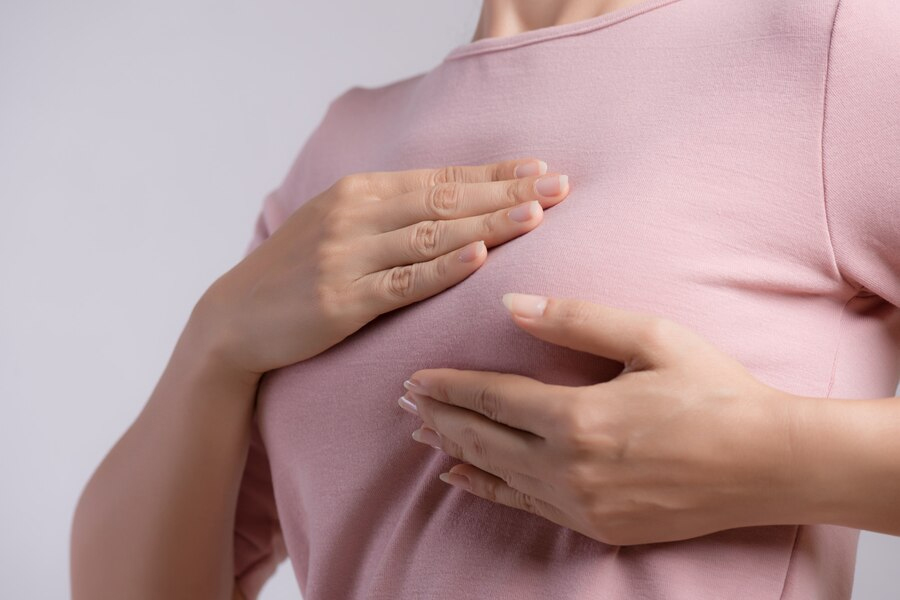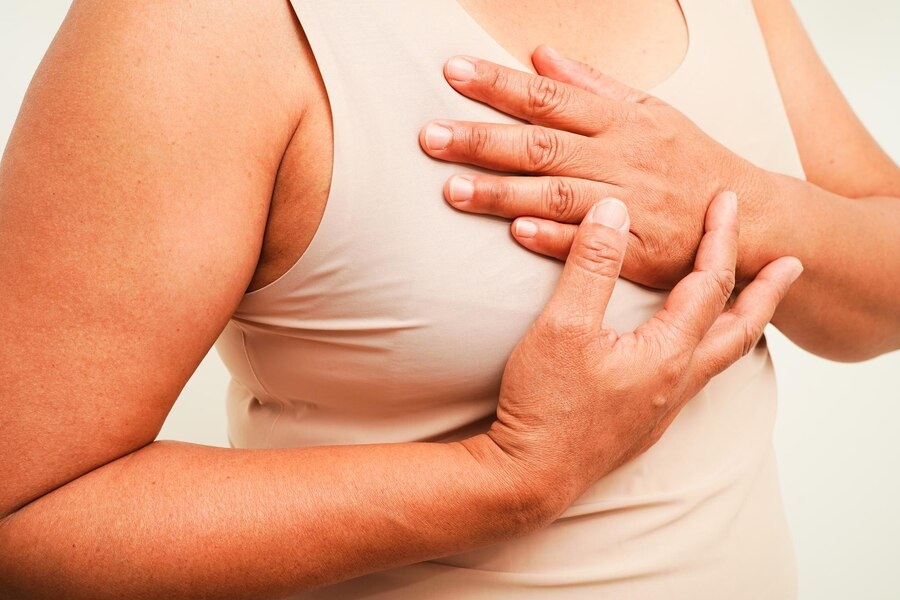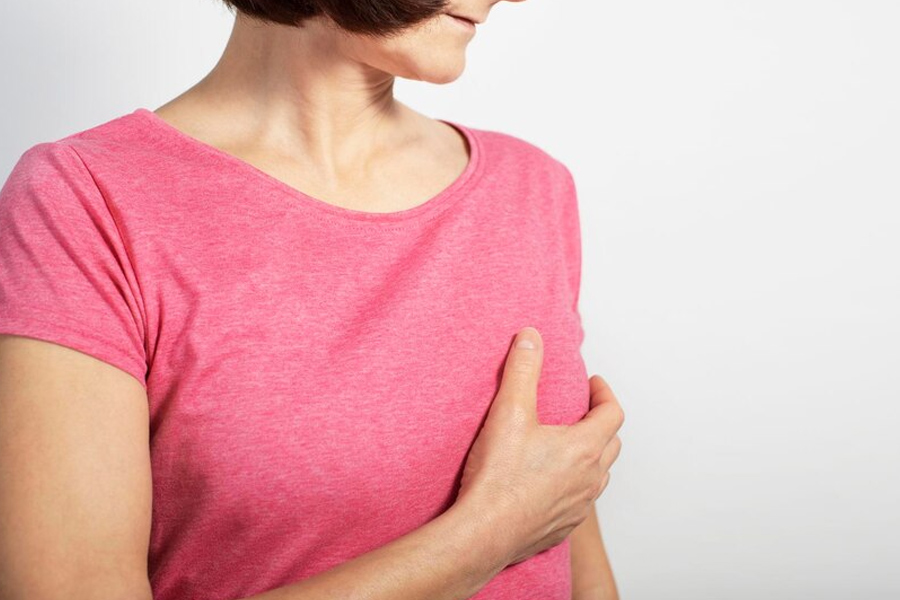
Breast lumps can be concerning, particularly because of their association with breast cancer. Breast cancer, which is one of the most common cancers in females, occurs when cells in the breasts start to grow uncontrollably, forming a tumour. However, most breast lumps are benign, meaning they are not life-threatening and can be managed or cured. Some of the common causes include cysts, fibroadenomas, fat necrosis, fibrocystic changes, and infections such as mastitis.
Table of Content:-
Even though ruling out breast cancer brings relief, many still wonder whether they should be concerned about their breast lump. To seek the right answers, OnlyMyHealth interacted with Dr Anil Thakwani, Consultant and Senior Oncologist, Sharda Hospital.
Also Read: Rare, But Men Can Also Develop Breast Cancer: Expert Shares Who Is At Risk And Warning Signs
What Are Benign Breast Lumps?![]()
Benign breast lumps are non-cancerous growths that can occur in the breast tissue.
According to an article published in Clinical Methods: The History, Physical, and Laboratory Examinations, 3rd edition, benign breast lumps or lesions are more common than malignant lumps in both males and females. In fact, the research notes that of all breast lumps, 60–80% are benign. Additionally, of all breast lumps in women, fibrocystic disease accounts for at least half of all the cases.
Should You Be Worried About Benign Breast Lumps?
Benign breast lumps are usually not a cause for concern and are not life-threatening. However, even though the majority of breast lumps are benign, Dr Thakwani emphasises the importance of seeing a medical professional for a diagnosis and proper treatment if a lump is found.
He says, “Women throughout their reproductive years are affected by fibrocystic alterations, whereas younger women and premenopausal women are more likely to have fibroadenomas and simple cysts, respectively. Fat necrosis can happen at any age, and nursing mothers are more likely to get infections like mastitis.”
Therefore, it is important for women to get themselves examined every once in a while to rule out any serious complications and to receive treatment for any form of infection or cysts.
How To Tell If Breast Lump Is Benign Or Malignant![]()
There are several factors that can help differentiate between benign breast lumps and those that may require medical attention.
According to Dr Thakwani, benign lumps often fluctuate in size, especially during menstrual cycles, while lumps that remain persistent or progressively grow may warrant closer examination. Additionally, pain is usually not associated with benign lumps. However, if a lump is painful or tender, especially if accompanied by swelling, redness, or skin changes, it could indicate an infection or other conditions that need medical attention.
Also Read: Breast Cancer Lumps May Feel Firm And Round: How Is It Different From Benign Breast Lumps
How To Confirm Diagnosis![]()
To determine if a breast lump is dangerous or harmless, a systematic diagnostic approach is employed, involving clinical evaluations, imaging tests, and potentially, biopsy procedures.
Dr Thakwani shares that the clinical breast examination (CBE) is usually the first step in the diagnostic process. A medical practitioner examines both breasts for changes in size, shape, skin texture, and nipple appearance during this comprehensive examination. In order to feel for lumps, hardness, thickness, or discomfort, they will also palpate the breast tissue and the area under the arms. Although the examination typically takes a few minutes, it is sufficiently comprehensive to evaluate the entire breast area.
An important factor that is considered before examining a lump is the patient's medical history. This includes surgical and medical history, family history of breast cancer, and personal details like age at first childbirth and menstrual history.
How Often Should You Check For Breast Lumps?
According to Dr Thakwani, regular self-examination of the breasts is crucial for early detection of potential abnormalities.
“Women are generally encouraged to perform self-examinations at least once a month," he says, adding that for women who are still menstruating, it is recommended to conduct these exams a few days after their period ends, while post-menopausal women should choose the same day each month to ensure consistency.”
Also watch this video
How we keep this article up to date:
We work with experts and keep a close eye on the latest in health and wellness. Whenever there is a new research or helpful information, we update our articles with accurate and useful advice.
Current Version


